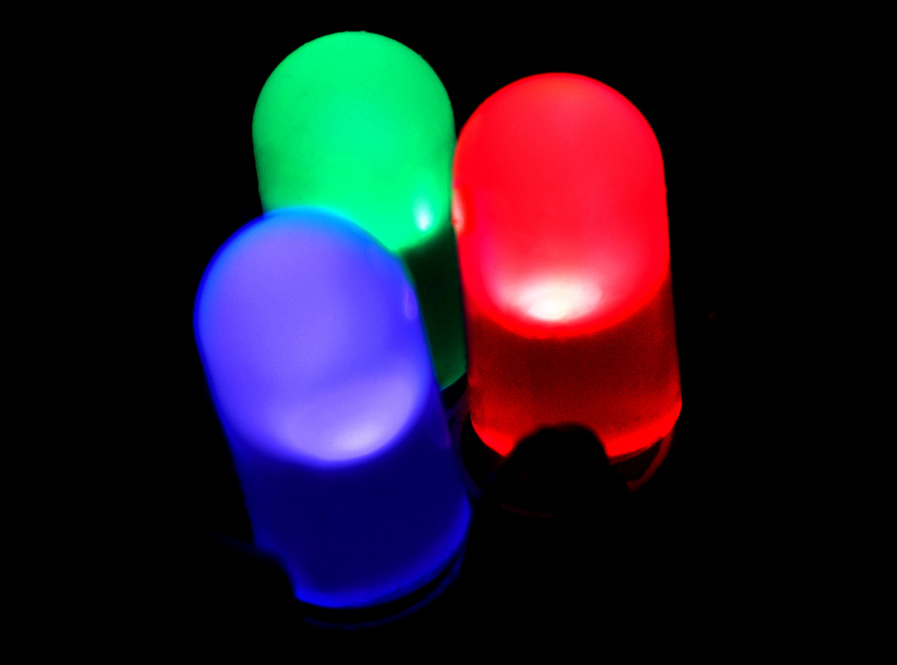Folks,
An important element of US energy independence is the reduction of energy use for lighting. While, in its day, the incandescent light was one of the greatest inventions of all time, it is extremely energy inefficient. Studies show that 19% of all electricity is used for electric lighting. Up to 90% of the energy used to power incandescent lights actually produces heat not light. This additional heat can result in even more electricity use, as more air conditioning may be needed in warm climates to keep offices and homes cool.
LED lights are promising to make a significant contribution to solving this energy problem. They produce about 100 lumens per watt of electric energy as compared to incandescent light’s 15 lumens per watt. This advantage of over six times the energy efficiency is not the LED’s only strong point; they last for about 30,000 hours, 30 times incandescent light’s 1,000 hours.
On the downside, LED lights are currently more expensive, and light from an LED is directional, so bulb design has been a challenge (which has been met quite well). See Figure 1. In addition, many consider LED’s blue-white light to be somewhat harsh.
Figure 1. Although the light for LED’s is very directional, designs like this one replicate the omnidirectional light from a standard incandescent light.
The price of LED lights is dropping fast and it is only a matter of time before LEDs can be purchased in a variety of color temperatures, creating more pleasing white light colors. These issues of LED lighting have been discussed thoroughly.
No white light LED exists. To produce white light, red, green, and blue LEDs are often used together as shown in Figure 2.
Figure 2. To produce white light, the light from red, green, and blue LEDs is often mixed.
These single-colored LEDs incorporate indium and gallium in semiconductor materials such as aluminum gallium indium phosphide, indium gallium nitride, and other indium or gallium semiconductor compounds to produce their light..
Of the red, green, and blue light LEDs, the blue light LED was the greatest challenge to produce – many felt it might be impossible. Without the blue LED, creating efficient LED white light would be a challenge. However, by the early 1990s, work by Shuji Nakamura, Isamu Akasaki, and Hiroshi Amano enabled high efficiency blue light LEDs. For this work they were awarded the 2014 Noble Prize in Physics “for the invention of efficient blue light-emitting diodes, which has enabled bright and energy-saving white light sources.”
So, as you watch the LED lighting revolution unfold, remember that gallium and indium play a crucial role in making your day a little brighter while also saving tremendous amounts of energy.
Cheers,
Dr. Ron





